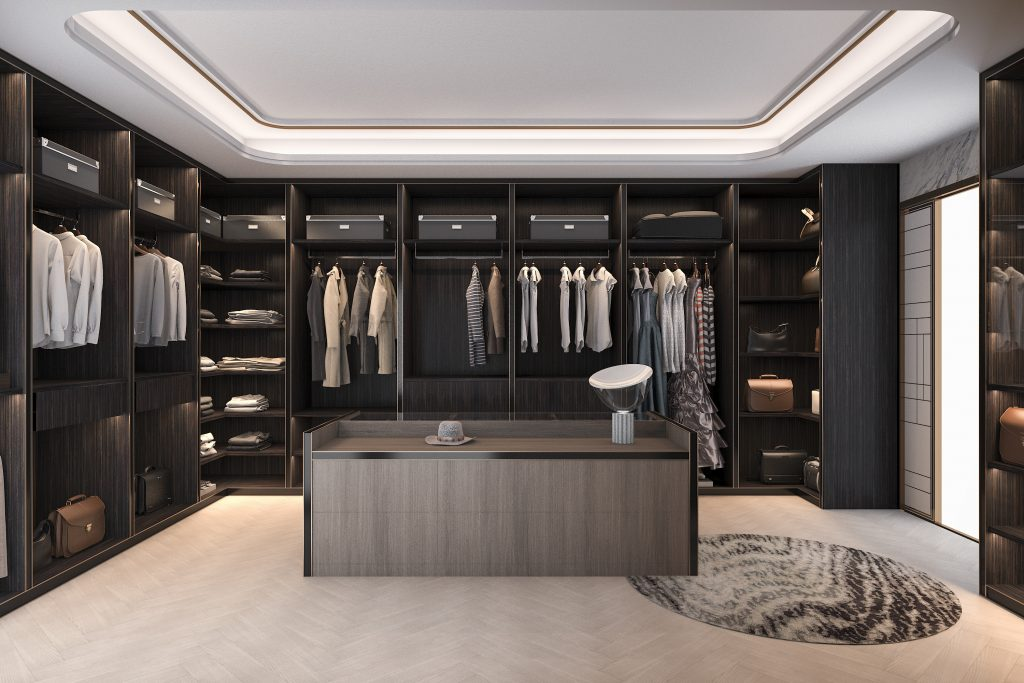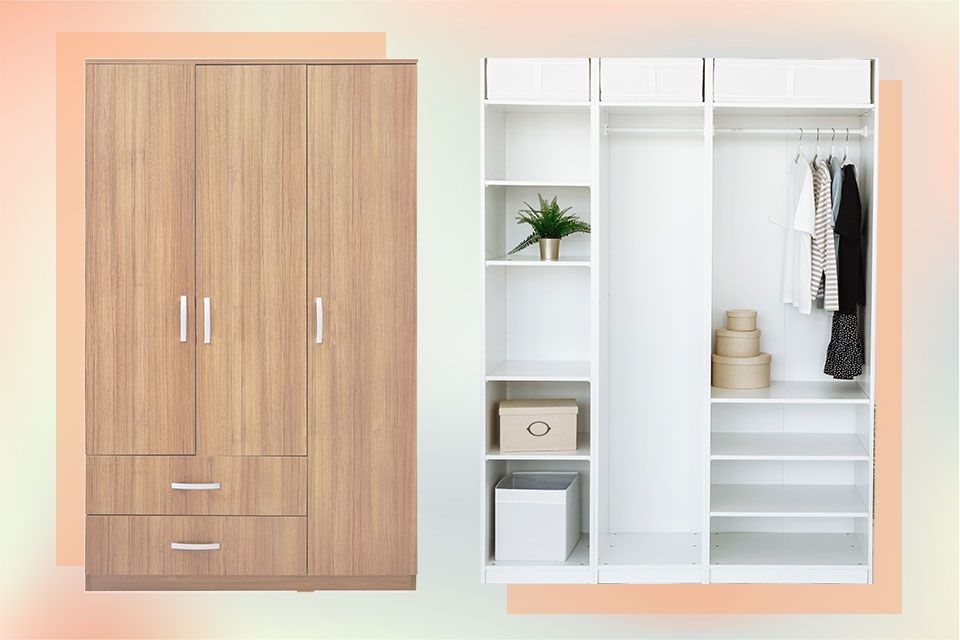The development of closets has been substantial throughout the past century. There are many different types of closets available today, including walk-in closet, reach-in closet, portable closet and more.
For a variety of reasons, closet organization is a common area of struggle for people. Some closets are too small or disorganized, while others don’t have enough shelves or hanger space. Whatever the reason, a clutter-free house and a stress-free morning routine depend on having a well-organized closet.
In this thorough tutorial, we’ll look at various closet kinds, the advantages of organization, and the best ways to design a closet that works for you.
Several Closet Types
There are many different types of closets, so the organizing techniques that are most effective for you will depend on the sort of closet you have.

Reach-in Closet
Reach-in Closet
The most typical style of closet found in homes are reach-in closets. These are often made to fit into a small area, such a corridor or a wall in a bedroom. A single rod for hanging clothes and a few shelves for folded clothing or shoes are typically seen in these closets.
Organizing Tip:
Use every square inch of room by installing shelving, drawers, or hanging organizers. To maximize your hanging area and make it simpler to see your garments, use slim hangers.

Walk-in Closet
Walk-in Closet
The ultimate luxury for someone who appreciates fashion is a walk-in closet. They are made to be roomy and provide lots of space for dressing, storing things, and even relaxing. Many elements, including built-in shelving, drawers, hanging space, and even chairs, may be included in these closets.
Organizing Tip:
Creating zones within your walk-in closet will keep it organized and useful. Use three spaces: one for shoes, one for hanging clothes, and one for accessories. To keep tiny objects tidy and handy, add shelves or drawers.

Wardrobes
Wardrobes are independent furniture items that double as closets. They come in a range of shapes and sizes and are often made of wood or other materials. If you don’t have a built-in closet or need more storage, wardrobes are a terrific option.
Organizing Tip:
Organize your closet into categories to keep your items organized. Use shelves or drawers on one side for folded clothing, shoes, or accessories, and hang items on the other.
Benefits of Closet Organization
- Saves time and lowers tension. Your daily ritual might be more effective and less stressful if your closet is tidy. You won’t waste time looking for clothes or accessories if you know where everything is.
- Increases Space by Two. You can make the most of your space by keeping your closet organized. You may increase the amount of storage space in your closet and improve clothing visibility by adding shelves, drawers, or hanging organizers.
- Keep Your Clothing Safe. Your clothing can be better protected from harm with an orderly closet. Clothes are less likely to crease or sustain damage when folded or hanging properly.
- Simple to Keep Up. Keeping an orderly closet is simpler than keeping one cluttered. It’s simpler to put things away and keep the closet organized when everything has a dedicated spot.
The best methods for organizing a closet
- Organize. Decluttering is the first step in arranging your closet. Sort your wardrobe and donate anything you haven’t worn in a year or that doesn’t fit. Throw out any discolored or damaged clothing and donate or sell those that are still in good condition.
- Sort two by category. Organize your clothing into several categories, such as coats, pants and tops. This will let you see what you have and find what you’re seeking for more easily.
- Employ slim hangers. To maximize your hanging area and make it simpler to see your garments, use slim hangers. Moreover, slim hangers help keep clothing from falling off and wrinkling.
- Include drawers or shelves. To increase the amount of storage in your closet, add shelves or drawers. Employ drawers for tiny items like socks, underwear, or accessories and shelves for folded clothing or shoes.
- Employ wall-mounted organizers. To make the most of vertical space and keep little items tidy, use hanging organizers. Utilize them for jewelry, belts, and accessories like scarves.
- Keep related products together. To make it simpler to find what you’re looking for, group similar things together. All of your shirts, pants, and dresses should be hung together.
- Mark the storage. To find what you’re looking for faster, label your storage. To identify the contents of drawers or shelves, use labels.
- Rotate your wardrobe. To keep your closet practical and orderly, rotate your clothing on a seasonal basis. Change out out-of-season clothing as the seasons change by storing it in containers or under-bed storage.